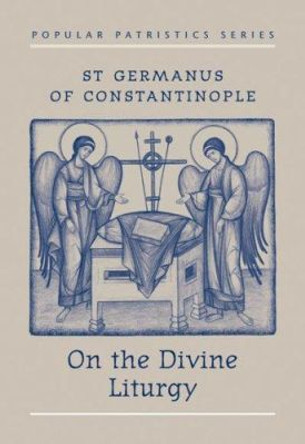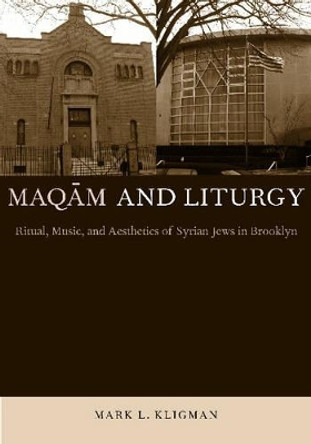Located on the North Anatolian Fault, Constantinople was frequently shaken by earthquakes over the course of its history. This book discusses religious responses to these events between the fourth and the tenth century AD. The church in Constantinople commemorated several earthquakes that struck the city, prescribing an elaborate liturgical rite celebrated annually for each occasion. These rituals were means by which city-dwellers created meaning from disaster and renegotiated their relationships to God and the land around them in the face of its most destabilizing ecological characteristic: seismicity. Mark Roosien argues that ritual and theological responses to earthquakes shaped Byzantine conceptions of God and the environment and transformed Constantinople's self-understanding as the capital of the oikoumene and center of divine action in history. The book enhances our understanding of Byzantine Christian religion and culture, and provides a new, interdisciplinary framework for understanding Byzantine views of the natural world.
Shows the entanglement of ecology, political ideology, and religious ritual and belief in responses to earthquakes striking Constantinople.About the AuthorMARK ROOSIEN is a Lecturer in Liturgical Studies at the Yale University Institute of Sacred Music and Yale Divinity School. He has published in journals such as Worship and Studia Patristica, and translated two award-winning books from Russian by the theologian Sergius Bulgakov (2021 and 2022).
Book InformationISBN 9781009427289
Author Mark RoosienFormat Hardback
Page Count 218
Imprint Cambridge University PressPublisher Cambridge University Press
Weight(grams) 450g
Dimensions(mm) 236mm * 160mm * 17mm





